Antonios Mamalakis
Solving the enigma: Deriving optimal explanations of deep networks
May 16, 2024Abstract:The accelerated progress of artificial intelligence (AI) has popularized deep learning models across domains, yet their inherent opacity poses challenges, notably in critical fields like healthcare, medicine and the geosciences. Explainable AI (XAI) has emerged to shed light on these "black box" models, helping decipher their decision making process. Nevertheless, different XAI methods yield highly different explanations. This inter-method variability increases uncertainty and lowers trust in deep networks' predictions. In this study, for the first time, we propose a novel framework designed to enhance the explainability of deep networks, by maximizing both the accuracy and the comprehensibility of the explanations. Our framework integrates various explanations from established XAI methods and employs a non-linear "explanation optimizer" to construct a unique and optimal explanation. Through experiments on multi-class and binary classification tasks in 2D object and 3D neuroscience imaging, we validate the efficacy of our approach. Our explanation optimizer achieved superior faithfulness scores, averaging 155% and 63% higher than the best performing XAI method in the 3D and 2D applications, respectively. Additionally, our approach yielded lower complexity, increasing comprehensibility. Our results suggest that optimal explanations based on specific criteria are derivable and address the issue of inter-method variability in the current XAI literature.
Carefully choose the baseline: Lessons learned from applying XAI attribution methods for regression tasks in geoscience
Aug 19, 2022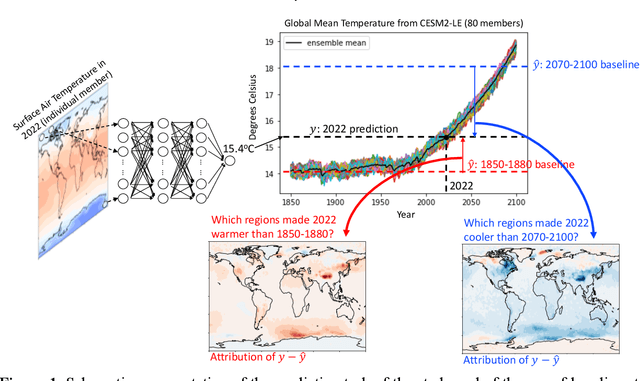
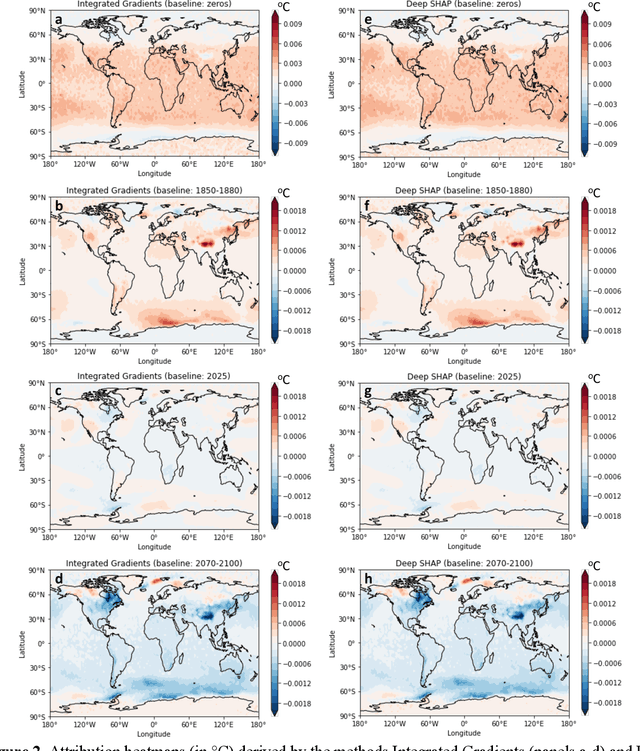
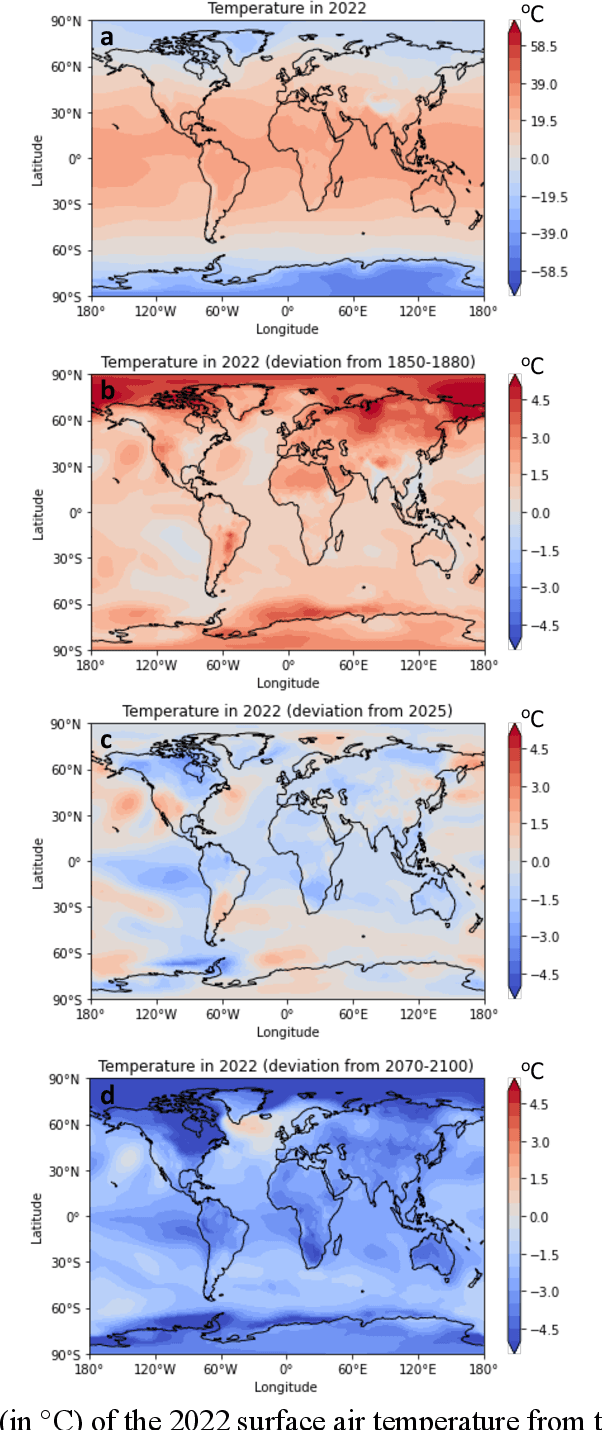
Abstract:Methods of eXplainable Artificial Intelligence (XAI) are used in geoscientific applications to gain insights into the decision-making strategy of Neural Networks (NNs) highlighting which features in the input contribute the most to a NN prediction. Here, we discuss our lesson learned that the task of attributing a prediction to the input does not have a single solution. Instead, the attribution results and their interpretation depend greatly on the considered baseline (sometimes referred to as reference point) that the XAI method utilizes; a fact that has been overlooked so far in the literature. This baseline can be chosen by the user or it is set by construction in the method s algorithm, often without the user being aware of that choice. We highlight that different baselines can lead to different insights for different science questions and, thus, should be chosen accordingly. To illustrate the impact of the baseline, we use a large ensemble of historical and future climate simulations forced with the SSP3-7.0 scenario and train a fully connected NN to predict the ensemble- and global-mean temperature (i.e., the forced global warming signal) given an annual temperature map from an individual ensemble member. We then use various XAI methods and different baselines to attribute the network predictions to the input. We show that attributions differ substantially when considering different baselines, as they correspond to answering different science questions. We conclude by discussing some important implications and considerations about the use of baselines in XAI research.
Investigating the fidelity of explainable artificial intelligence methods for applications of convolutional neural networks in geoscience
Feb 07, 2022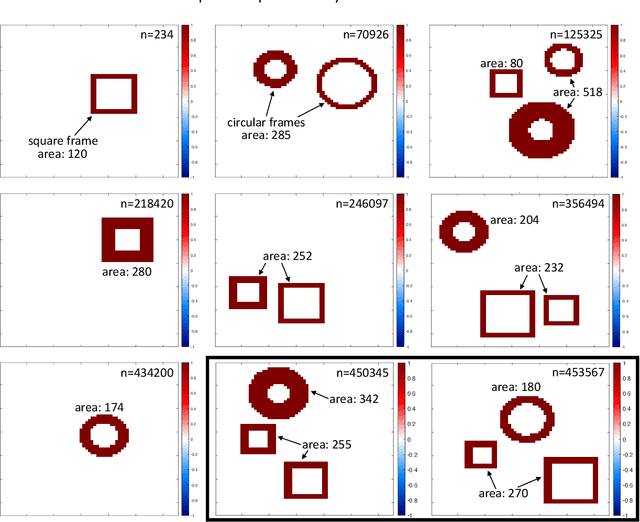
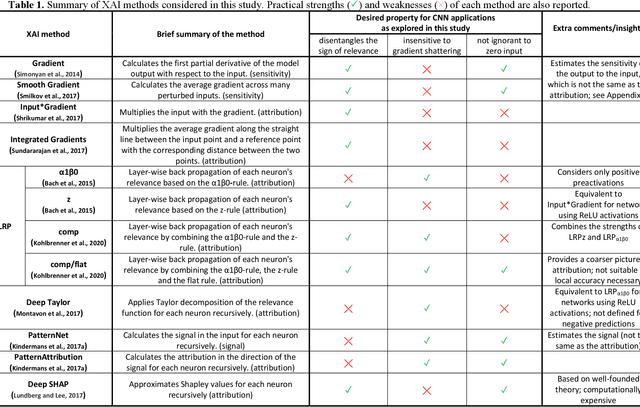
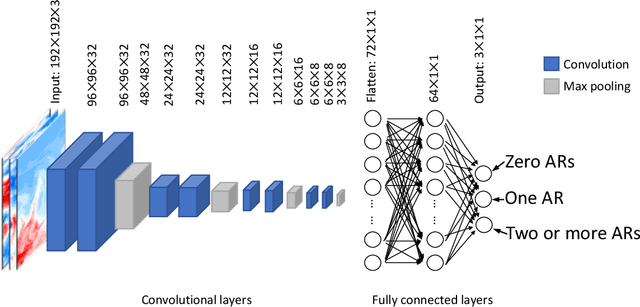
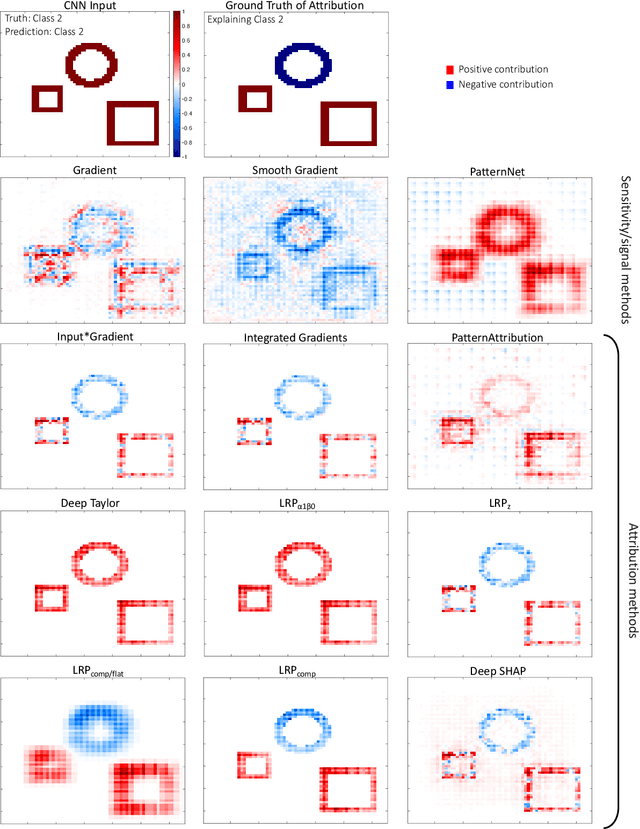
Abstract:Convolutional neural networks (CNNs) have recently attracted great attention in geoscience due to their ability to capture non-linear system behavior and extract predictive spatiotemporal patterns. Given their black-box nature however, and the importance of prediction explainability, methods of explainable artificial intelligence (XAI) are gaining popularity as a means to explain the CNN decision-making strategy. Here, we establish an intercomparison of some of the most popular XAI methods and investigate their fidelity in explaining CNN decisions for geoscientific applications. Our goal is to raise awareness of the theoretical limitations of these methods and gain insight into the relative strengths and weaknesses to help guide best practices. The considered XAI methods are first applied to an idealized attribution benchmark, where the ground truth of explanation of the network is known a priori, to help objectively assess their performance. Secondly, we apply XAI to a climate-related prediction setting, namely to explain a CNN that is trained to predict the number of atmospheric rivers in daily snapshots of climate simulations. Our results highlight several important issues of XAI methods (e.g., gradient shattering, inability to distinguish the sign of attribution, ignorance to zero input) that have previously been overlooked in our field and, if not considered cautiously, may lead to a distorted picture of the CNN decision-making strategy. We envision that our analysis will motivate further investigation into XAI fidelity and will help towards a cautious implementation of XAI in geoscience, which can lead to further exploitation of CNNs and deep learning for prediction problems.
Neural Network Attribution Methods for Problems in Geoscience: A Novel Synthetic Benchmark Dataset
Mar 18, 2021



Abstract:Despite the increasingly successful application of neural networks to many problems in the geosciences, their complex and nonlinear structure makes the interpretation of their predictions difficult, which limits model trust and does not allow scientists to gain physical insights about the problem at hand. Many different methods have been introduced in the emerging field of eXplainable Artificial Intelligence (XAI), which aim at attributing the network's prediction to specific features in the input domain. XAI methods are usually assessed by using benchmark datasets (like MNIST or ImageNet for image classification), or through deletion/insertion techniques. In either case, however, an objective, theoretically-derived ground truth for the attribution is lacking, making the assessment of XAI in many cases subjective. Also, benchmark datasets for problems in geosciences are rare. Here, we provide a framework, based on the use of additively separable functions, to generate attribution benchmark datasets for regression problems for which the ground truth of the attribution is known a priori. We generate a long benchmark dataset and train a fully-connected network to learn the underlying function that was used for simulation. We then compare estimated attribution heatmaps from different XAI methods to the ground truth in order to identify examples where specific XAI methods perform well or poorly. We believe that attribution benchmarks as the ones introduced herein are of great importance for further application of neural networks in the geosciences, and for accurate implementation of XAI methods, which will increase model trust and assist in discovering new science.
 Add to Chrome
Add to Chrome Add to Firefox
Add to Firefox Add to Edge
Add to Edge